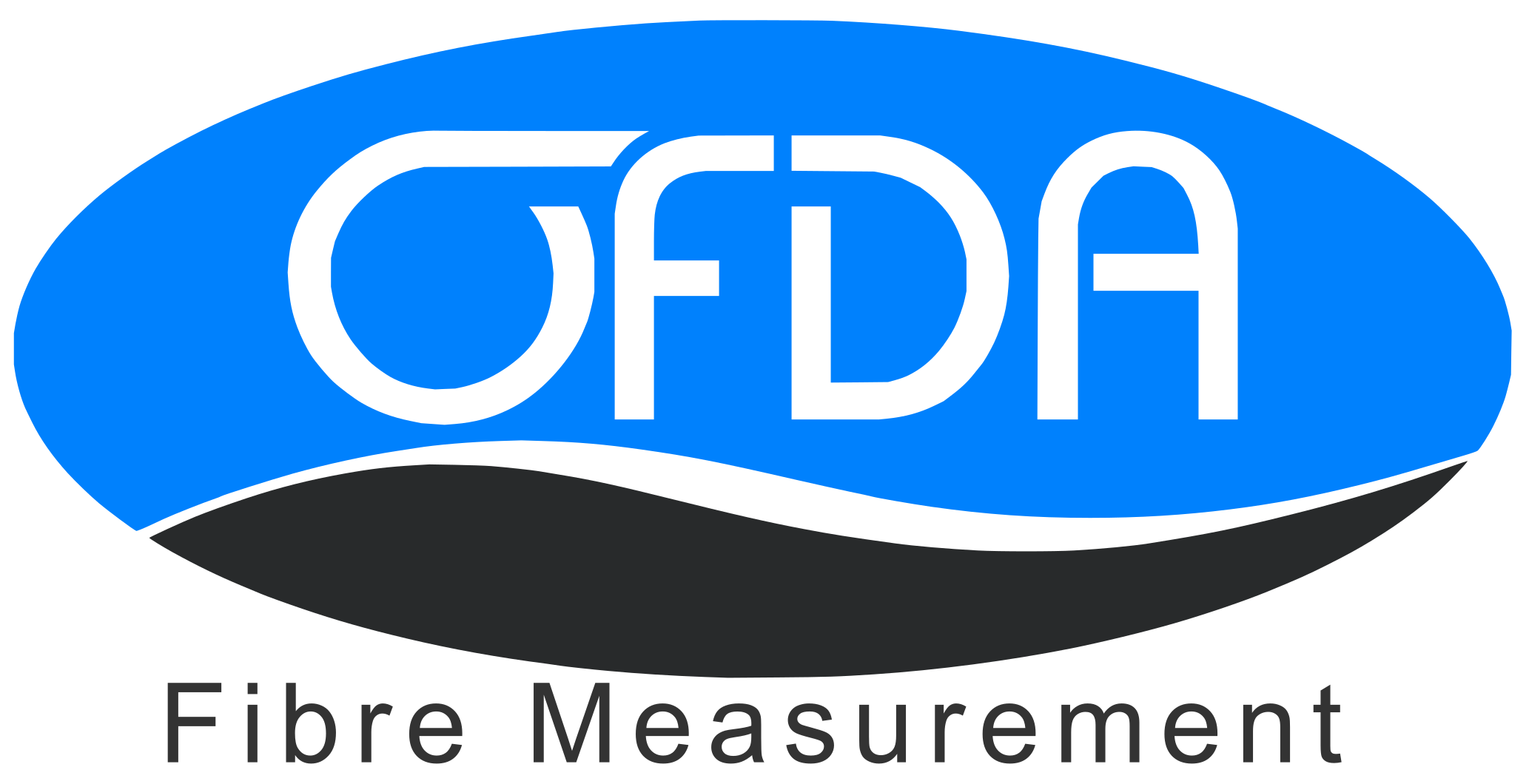What is Cellulose? A Deep Dive into This Essential Fibre Component
- Thomas Hegerty
- Feb 26
- 3 min read
Cellulose is one of the most abundant organic compounds on Earth, forming the primary structural component of plant cell walls. This natural polymer plays a crucial role in the textile industry, influencing the properties of fibres such as cotton, linen, and hemp. But how does cellulose impact fibre quality, and how can advanced technology like Optical-based Fibre Diameter Analysers (OFDA) help assess and ensure the best results? Let’s explore the science behind cellulose and its significance in fibre analysis.
Understanding Cellulose: The Building Block of Natural Fibres
Cellulose is a complex carbohydrate (polysaccharide) composed of glucose units. It is found in plant cell walls, giving them strength and rigidity. In textiles, cellulose-based fibres are prized for their breathability, durability, and natural feel. Some of the most common cellulose-based fibres include:
Cotton: A soft, breathable fibre widely used in apparel and home textiles.
Linen (Flax): Known for its strength and moisture-wicking properties.
Hemp: A durable and sustainable textile fibre.
Rayon & Modal: Man-made fibres derived from cellulose for a silk-like texture.
Why Cellulose Matters in Textile Manufacturing
Cellulose is the foundation of many natural fibres, influencing their:
Absorbency: Cellulose fibres retain moisture, making them comfortable and breathable.
Durability: The strength of cellulose impacts how well a fabric withstands wear and tear.
Dye Affinity: Cellulose fibres hold dyes well, offering vibrant and lasting colours.
Sustainability: Being biodegradable, cellulose-based textiles are an eco-friendly choice.
To maintain high-quality textile products, precise fibre analysis is essential. This is where Optical-based Fibre Diameter Analysers (OFDA) come into play.
How OFDA Technology Enhances Fibre Quality Assessment
At Robotic Vision, we specialise in Optical-based Fibre Diameter Analysis to ensure textile fibres meet the highest standards. Our advanced instruments, such as the OFDA2000 and OFDA4000, provide accurate measurements of fibre diameter, length, and consistency. This technology plays a vital role in analysing both animal and plant-based fibres, including those rich in cellulose.
The Role of OFDA in Cellulose Fibre Analysis
Fibre Diameter Measurement: Determines the fineness of cellulose fibres, impacting softness and durability.
Length Assessment: Ensures consistency in fibre processing for uniform fabric quality.
Crimp & Structure Analysis: Evaluates fibre elasticity and strength.
Real-time Data Processing: Provides manufacturers with instant insights for quality control.
Cellulose-Based Fibres and Their Applications
The versatility of cellulose-based fibres extends across various industries, including fashion, home textiles, and industrial applications. Their widespread use is attributed to their natural properties, including moisture absorption, softness, and biodegradability. Below are some key applications of cellulose fibres:
Clothing: Cotton and linen fabrics are used for everyday wear due to their breathability and comfort.
Home Textiles: Cellulose fibres are found in bed linens, curtains, and upholstery.
Paper Production: Cellulose is the primary raw material for paper and packaging.
Medical and Hygiene Products: Bandages, wipes, and biodegradable sanitary products rely on cellulose fibres.
The Future of Sustainable Textiles and Cellulose Fibres
As the demand for eco-friendly textiles grows, cellulose-based fibres are gaining traction as sustainable alternatives to synthetic materials. Advances in fibre analysis, led by Robotic Vision’s OFDA technology, allow manufacturers to optimise fibre selection and processing, reducing waste and improving fabric performance.
Moreover, innovations such as bioengineered cellulose fibres and closed-loop production systems contribute to more sustainable practices in the textile industry. With continued advancements, cellulose fibres will play an even greater role in promoting environmentally responsible manufacturing.
Ready to Enhance Fibre Quality with Advanced Analysis?
Discover how Robotic Vision’s OFDA technology ensures the highest standards in fibre analysis. Whether you work with wool, cotton, or other cellulose-based textiles, our cutting-edge solutions help manufacturers meet industry demands with precision and reliability.
Explore our fibre analysis solutions today and take your textile production to the next level!





Comments